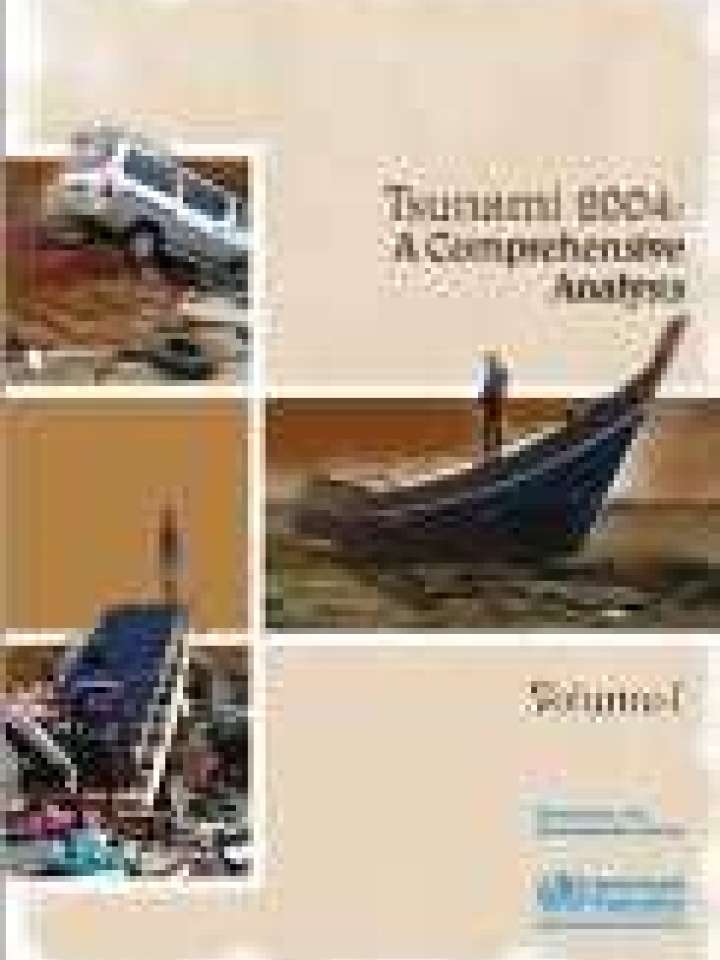Tsunami 2004
This publication attempts to fill the gaps in documentation following the earthquake and tsunami of 26 December 2004 by collating all relevant information and analyses to see how the parts fit together. One of the goals of this book includes gaining a further understanding of the impacts such events have on the affected societies, the pathophysiology of disasters, the effects of interventions, and the impact of preparedness measures. It covers an analysis of health before, during and after the emergency closely reviewing these in the context of all the players, socio-political factors, and various systems that determine how a society/community functions.
The book has three main parts: (i) an introduction to the methodology and the analytical framework; (ii) a description of the event in general and a description of the event per-country with a pre-event and post-event comparison according to various societal functions and systems; and (iii) an analysis that puts together the various findings in every chapter, including conclusions and recommendations. It is intended to 1) serve as useful reference on this unprecedented event; 2) provide evidence, not just experience for some of the lessons drawn; 3)provide a model on how to approach research in emergencies; and 4) help all humanitarian players in monitoring more effective response mechanisms in future.
Explore further
